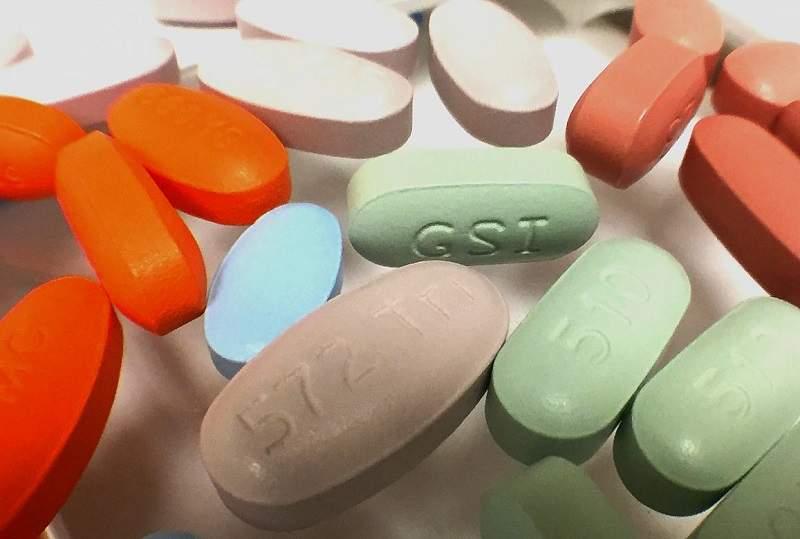Global HIV Drugs Market to Reach US$ 22.5 Billion by 2024
According to the estimates by the World Health Organization, around 36 million people are living with HIV and more than 1 million people became newly infected at the end of 2017. This growing patient population has led to increased demand for HIV drugs. Further, various initiatives and campaigns undertaken by the governments have created awareness among the masses about the advancements and discoveries of modern medicines for HIV treatment. These awareness campaigns have helped in early detection of the disease, enabling patients to start antiretroviral therapy in the initial stage of the infection. Apart from this, many international organizations are supporting research institutes by providing funds for R&D activities to develop innovative, affordable, safe, and efficient medicines for effective therapeutic solutions.
Market Segmentation:
Market Breakup by Drug Class
1. Nucleoside Reverse Transcriptase Inhibitors
2. Multi-Class Combination Products
3. Protease Inhibitors
4. HIV Integrase Strand Transfer Inhibitors
5. Non-Nucleoside Reverse Transcriptase Inhibitors
6. Entry Inhibitors — CCR5 Co-Receptor Antagonist
7. Fusion Inhibitors and Others
Based on the drug class, nucleoside reverse transcriptase inhibitors represent the most prominent class. These inhibitors are followed by multi-class combination products, non-nucleoside reverse transcriptase inhibitors, protease inhibitors, fusion inhibitors, entry inhibitors – CCR5 co-receptor antagonist and HIV integrase strand transfer inhibitors.
Market Breakup by Distribution Channel
1. Hospital Pharmacies
2. Retail Pharmacies
3. Online Pharmacies
4. Others
